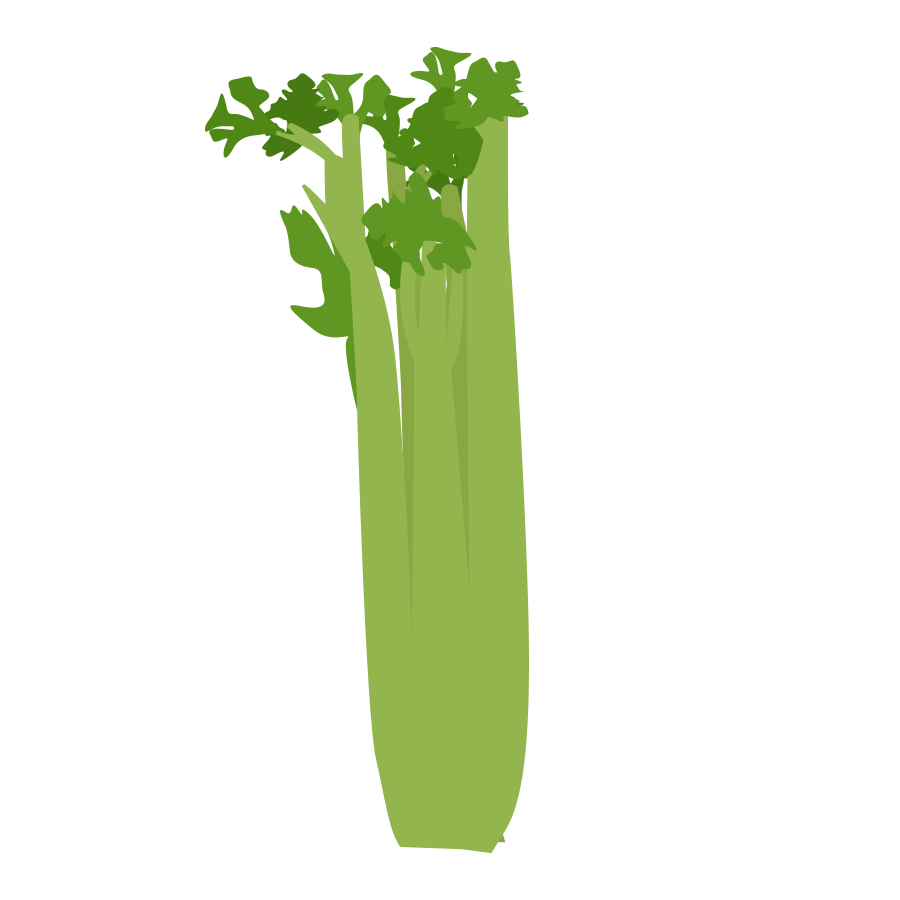34 weeks pregnant: fetal development
Was this article helpful?
Yes
No
Track your pregnancy on our free #1 pregnancy & baby app

Sources
BabyCenter's editorial team is committed to providing the most helpful and trustworthy pregnancy and parenting information in the world. When creating and updating content, we rely on credible sources: respected health organisations, professional groups of doctors and other experts, and published studies in peer-reviewed journals. We believe you should always know the source of the information you're seeing. Learn more about our editorial and medical review policies.
Brandt A, Gebrian M, Slevc LR. 2012. Music and early language acquisition. Front Psychol 3:327Dunn K, Reissland N, Reid VM. 2015. The functional foetal brain: A systematic preview of methodological factors in reporting foetal visual and auditory capacity. Dev Cogn Neurosci 13:43-52
England C. 2014. Recognizing the healthy baby at term through examination of the newborn screening. In: Marshall J, Raynor M. eds. Myles textbook for midwives. 16th ed. Edinburgh: Churchill Livingstone, 143-77
Ferrari GA, Nicolini Y, Demuru E, et al. 2016. Ultrasonographic investigation of human fetus responses to maternal communicative and non-communicative stimuli. Front Psychol 7:354
Granier-Deferre C, Bassereau S, Ribeiro A, et al. 2011. A melodic contour repeatedly experienced by human near-term fetuses elicits a profound cardiac reaction one month after birth. PLoS One 6(2):e17304
Hill MA. 2019. Fetal development. University of New South Wales, Embryology. embryology.med.unsw.ed.auOpens a new window [Accessed April 2020]
Lee GY, Kisilevsky BS. 2014. Fetuses respond to father's voice but prefer mother's voice after birth. Dev Psychobiol 56(1):1-11
Lidell. 2019. Brown adipose tissue in human infants. Handb Exp Pharmacol 251:107-23
Lubkowska A, Szymański S, Chudecka M. 2019. Surface body temperature of full-term, healthy newborns immediately after birth – pilot study. Int J Environ Res Public Health 16:1312
Moore KL, Persaud TVN, Torchia MG. 2019. Fetal period: ninth week to birth. Chapter 6 in The developing human: clinically oriented embryology. 11th ed. Elsevier
Tommy's. 2016. Gestational age and medical needs. www.tommys.orgOpens a new window [Accessed April 2020]
Tommy's. nd. Premature birth statistics. www.tommys.orgOpens a new window [Accessed April 2020]
Ullal-Gupta S, Vanden Bosch der Nederlanden CM, Tichko P, et al. 2013. Linking prenatal experience to the emerging musical mind. Front Syst Neurosci 7:48
Waldron S, MacKinnon R. 2007. Neonatal thermoregulation. Thermoregulation 3(3):101-4








































